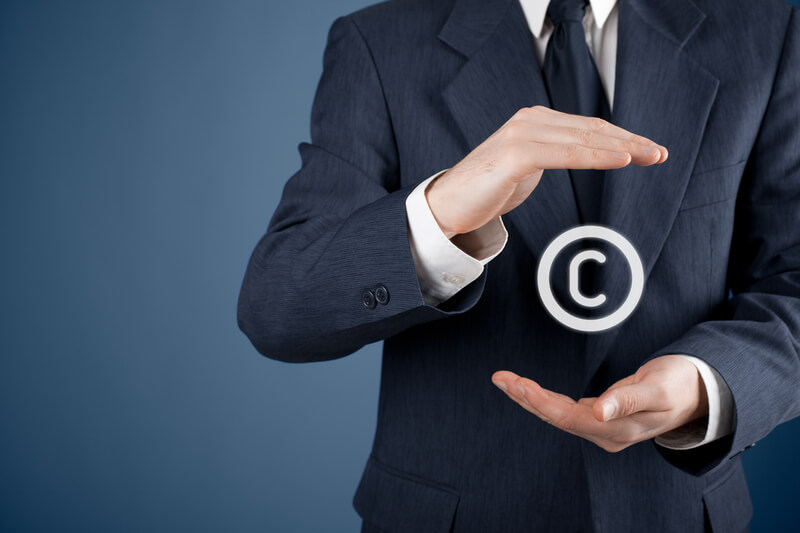The principle of fair use often sparks heated debates and uncertain territory for copyright law.
Creators, consumers, and fans of various forms of media may have encountered issues with this legal principle. For example, it is not unusual for YouTube channels to receive aggressive copyright claims that violate fair use.
Unfortunately, this gray area of the law can stifle creativity, criticism, and other endeavors. As a result, understanding the definition of fair use, its purpose, and other factors are vital in the digital age.
Our guide below will equip you with a deeper understanding of how copyright law and creative expression intersect. Embark on this journey to understand the complexities with us by reading this article today.
Copyright Law Basics
Copyright law grants exclusive rights to creators and authors over their original works. These creative expressions must possess originality and have a tangible form. However, a copyright does not protect concepts, systems, or factual information; it safeguards the specific expression of those ideas.
Copyright grants several exclusive rights to creators that enable them to control and profit from their creations. These rights typically include exclusivity for the following:
- Reproducing the work
- Distributing copies
- Publicly displaying or performing the work
- Creating derivative works based on the original
In general, copyright protection lasts for the creator’s life and a specific number of years after death. It usually extends for their lifetime and an additional 50 to 70 years after their death. The work enters the public domain once this protection expires for anyone to use without permission or payment.
Exploring Fair Use
Fair use allows for the limited use of copyrighted materials without permission. It serves as a crucial exception to exclusive rights and balances the interests of creators and the public. This law recognizes that using copyrighted works can benefit society and promote the advancement of knowledge and creativity. Examples include commentary, criticism, news reporting, teaching, scholarship, and research.
The intention and character of the use is crucial to identifying the proper exercise of fair use law. For example, consider the provision for transformative use. This term means the original work has become repurposed. However, if the purpose is purely commercial, that typically does not qualify.
Generally, the court system is more likely to consider using a smaller portion of the work fair. Nonetheless, there is no specific percentage or word count that automatically qualifies. Instead, the focus is on the significance of the portion used compared to the entirety of the work.
The potential market effect is another critical factor. If using copyrighted material adversely affects the potential market, it may lean against fair use. Alternatively, you can strengthen your argument if it has a minimal impact or enhances the demand.
Fair Use: The Gray Areas
Educational settings rely on fair use when copyrighted material is essential for teaching, researching, and learning. For instance, educators may incorporate excerpts from multimedia content in their lessons or presentations. Regardless, this leeway is not unlimited. There are boundaries to the extent of material you can use.
Parody and satire involve using copyrighted material to criticize, comment, or create humorous works. Parodies typically imitate or mock a specific artistic piece or style. Meanwhile, the latter uses humor or irony to criticize society or institutions. Courts generally consider whether the new work adds something to the original.
Quotations, excerpts, and citations get used regularly in academic, literary, and journalistic contexts. These instances involve using small portions to illustrate a point, provide evidence, or give proper credit. Proper attribution and acknowledgment of the source are crucial in these scenarios.
Furthermore, it is wise to look into who owns what. But, there is no better illustration of these gray areas than recent judicial precedent. Accordingly, please consider the examples below.
Authors Guild v Google
The Authors Guild sued Google for copyright infringement regarding its book-scanning project. Google scanned millions of books, including copyrighted works, without explicit permission. The case revolved around whether Google’s use of the books constituted fair use.
In 2013, the court ruled in favor of Google. The court system stated that the book-scanning project fell within the bounds of fair use. The court highlighted the transformative nature of their activity, the public benefit, and the minimal impact on the market. This decision had significant implications for the digital landscape and large-scale digitization projects.
Cariou v Prince
Cariou v Prince centered around the use of copyrighted photographs by artist Richard Prince. He had to defend himself against copyright infringement after incorporating Cariou’s pictures into his artwork without permission.
In 2013, the court initially ruled in favor of Cariou. They stated that Prince’s use of the photographs did not sufficiently transform them and infringed upon copyright. However, the ruling was later partially overturned on appeal in 2014. The appeals system found that some artworks constituted fair use due to their transformative nature. The case highlighted the complexities of determining fair use in visual arts and continues to have significant implications.
Consult a Local Copyright Attorney
Fair use is a vital concept within copyright law. But it is important to remember that fair use is subjective. Each case requires careful consideration of the specific circumstances.
It is wise to seek professional advice when in a situation where fair use is in question. After all, there is power in a name and it’s important not to misstep. Infringement lawsuits can be lengthy, costly, and distract from your goals.
Protect your creative works and make informed decisions to continue fueling your artistic endeavors. Ask us for a referral to a local copyright lawyer with the expertise you need to succeed. Call our representatives 24/7 at (866) 345-6784 or submit a request online!

